Car Manufacturers Are Bringing Back Physical Buttons?
Car manufacturers are bringing back physical buttons, responding to overwhelming consumer dissatisfaction and growing safety concerns over haptic steering wheel inputs and touchscreen-based controls. After a decade-long rush towards minimalist, screen-dominated interiors, studies consistently show that touch-only interfaces significantly increase driver distraction and reaction times, sometimes even more than driving under the influence. Now, major automakers like Volkswagen, Porsche, Mercedes-Benz, and Hyundai are reversing course, signaling a crucial shift back towards more tactile and intuitive cabins.
Why Buttons Are Making a Comeback: Safety and Usability
The push to replace traditional knobs and switches with sleek touchscreens promised design simplicity and digital flexibility. However, in practice, this often led to frustration. Burying essential functions like climate control, audio volume, or seat heating deep within touchscreen submenus made common tasks unnecessarily complex and dangerous while driving. Studies, such as one from the Swedish outlet Vi Bilägare, clearly demonstrated that performing functions via touchscreens took significantly longer than with physical controls.
A major impetus for this industry-wide change, particularly among European carmakers, is regulatory pressure. European safety bodies, including Euro NCAP, will soon mandate tactile controls for essential functions such as wipers, hazard lights, and headlights. Starting in January 2026, vehicles will need physical buttons for these core functions to qualify for top safety ratings. While not an outright ban, the message is clear: prioritize usability for safety, or face consequences in consumer ratings.
Automakers Leading the Charge Back to Tactile Controls
Several prominent manufacturers are already implementing or planning significant changes:
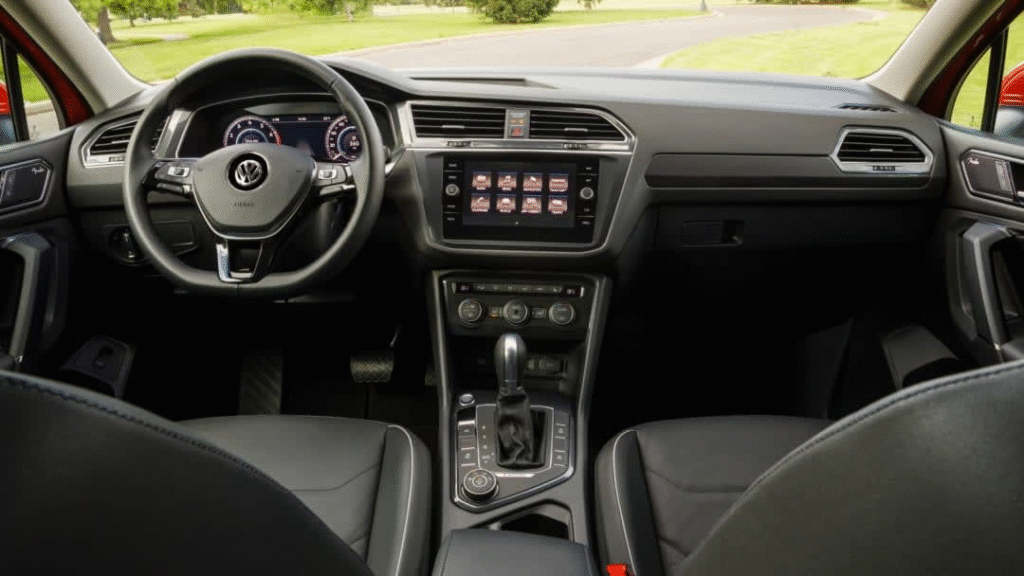
Volkswagen (VW):
- Problem: VW faced widespread criticism for its heavy reliance on screens and slider controls, particularly in models like the electric ID.4, where essential functions were buried in menus and climate sliders lacked backlighting.
- Solution: VW has openly admitted it went too far and confirmed it will bring back physical buttons in all its vehicles. Design chief Andreas Mindt announced that future models, including the refreshed Golf and upcoming MEB-platform EVs, will reintroduce physical buttons for the “five most important” functions: volume, fan, seat heating, cabin temperature, and hazard lights. This pivot ensures that while screens remain, daily usability and safety are significantly improved.
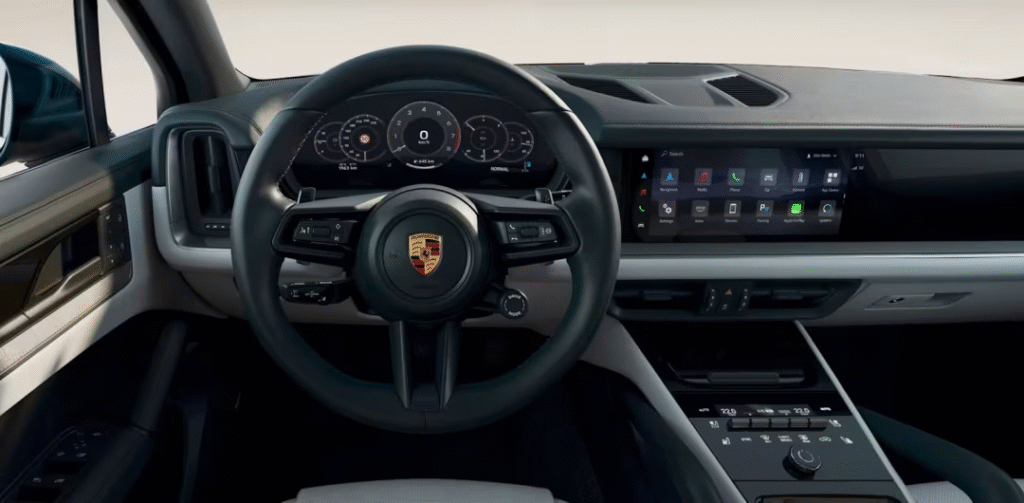
Porsche:
- Problem: Porsche’s shift to touch-heavy interiors, exemplified by the Taycan EV, drew criticism for increasing distraction in high-performance vehicles, detracting from the purist driving experience.
- Solution: Porsche’s decision to reintroduce physical buttons is rooted in safety, usability, and customer feedback. Models like the current Cayenne SUV already show an improved use of physical buttons for climate and audio. Upcoming models are expected to retain dedicated buttons for crucial functions like climate, volume, and drive mode settings, blending digital convenience with the tactile precision that performance drivers demand.
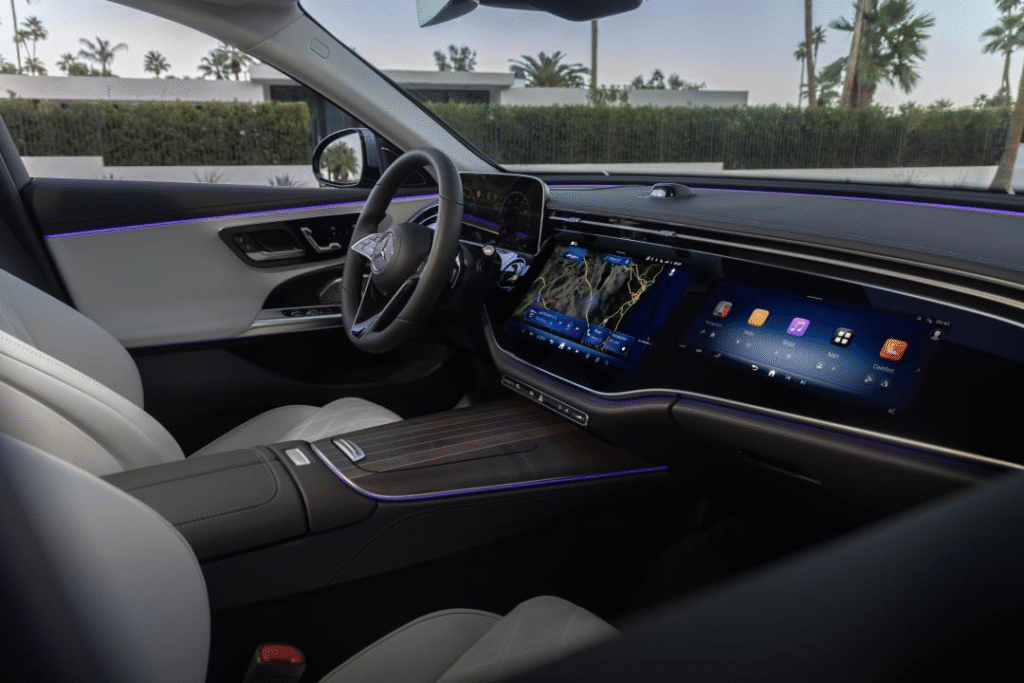
Mercedes-Benz:
- Problem: Modern Mercedes models, while visually stunning, have suffered from an overuse of capacitive steering-wheel controls and touch panels for basic operations like audio volume, leading to a lack of precision and feel (e.g., the GLS-Class haptic slider).
- Solution: Even Mercedes-Benz has acknowledged the superiority of physical buttons for certain tasks. While large digital screens will remain central, future models like the upcoming 2027 GLC SUV will feature a physical roller on the steering wheel. Mercedes-Benz CTO Markus Schäfer confirms that all future steering wheels will feature more intuitive physical controls, complemented by select haptic functions, ensuring a rebalance of cabin controls for better driver comfort and convenience.
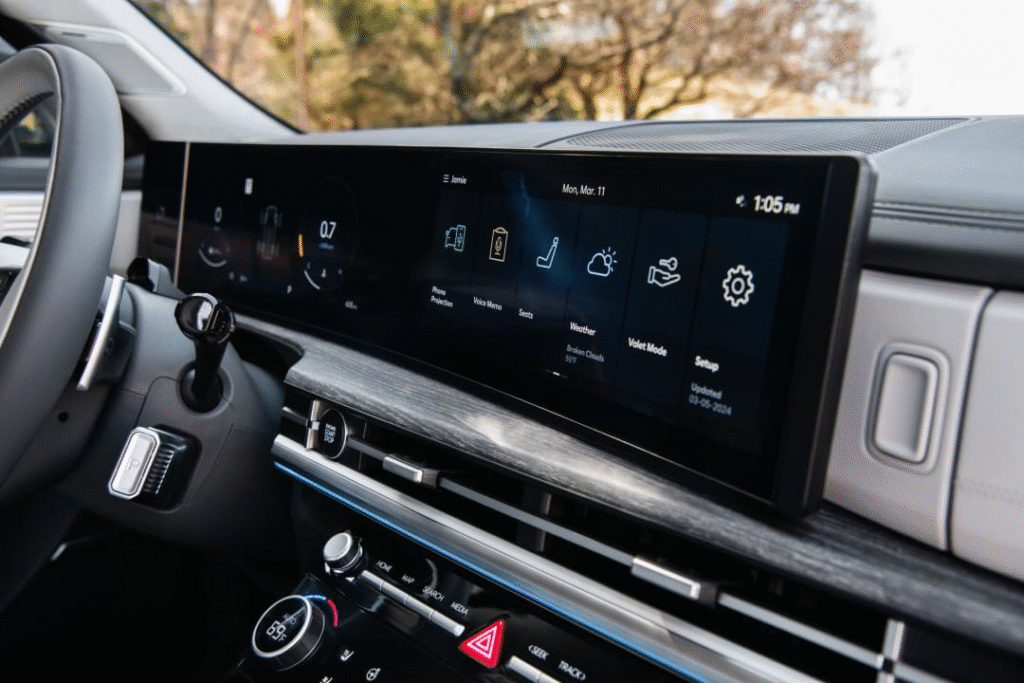
- Hyundai:
- Problem: Earlier Hyundai models received complaints for burying simple adjustments inside touchscreen menus, leading to distracting and frustrating user experiences.
- Solution: Hyundai is already making significant strides. The refreshed Santa Cruz pickup and the new 2nd-generation 7-passenger 2026 Hyundai Palisade now feature dedicated physical knobs and buttons for climate and audio controls. Models like the Tucson have also reverted to physical climate and audio controls, and the Kona stands out for its excellent physical interfaces. Hyundai’s approach strikes a pragmatic middle ground, embracing large displays for infotainment while preserving tactile access for everyday essentials, a hybrid approach that prioritizes efficiency, safety, and driver satisfaction.
Final Thoughts: A Refreshing Innovation
By 2026, consumers can expect a refreshing change in new cars, particularly from Volkswagen, Porsche, Mercedes-Benz, and Hyundai, as more tactile and intuitive cabins become the norm. The alignment of regulators, customer demand, and design philosophy regarding critical functions like climate and audio is driving this shift. While progress may seem slow, it is happening now, and in an increasingly digital automotive world, the return of physical buttons might just be the most practical and welcome innovation of all.
Also Read – BMW Launches $7,500 Discount Across Entire EV Lineup for October

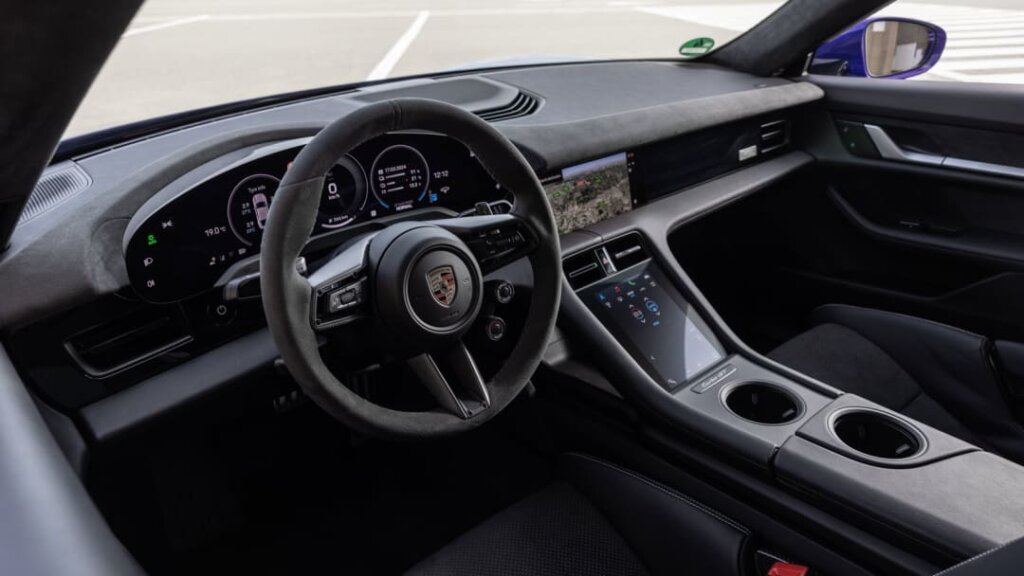


Pingback: Dodge Dart Sales Return After 9 Years: 6 New Darts Sold In Q3 2025 - Mechhelp